Making Forge + Weld
Both Forge and Weld are spun and dyed at Mountain Meadow Wool in Buffalo, Wyoming. Getting fiber from sheep to skein is a multi-step process (and a bit of a messy one). Our sheepy friends are not the world’s cleanest animals, and finewool sheep like Merinos produce a significant amount of lanolin (an oily substance that coats the fleece and ultimately protects the fibers as they grow). So, once the fleece comes off the sheep, it has to be scoured to remove (most) of the lanolin and vegetable matter (hay, grass, etc.) that sheep pick up throughout the year. Finewools like Merino (which have shorter staple lengths) need special processing equipment to process the raw fleece, so we purchase what’s known as “combed top,” or Merino fiber that has already been scoured and carded.
We purchase Corriedale fleece from wool pools, and that raw fleece is scoured, carded, and pin drafted directly at MMW. We then combine natural colored and Corriedale fleece and white and grey Merino in various ratios in the later stages of the process, depending on the colorway we’re trying to produce. Our yarn is what’s known as a semi-worsted yarn, so the fibers are combed before spinning to be more “organized” than in a woolen-spun yarn, but not as much as in a traditional worsted-spun yarn, where the yarn would be pin drafted until all the fibers were lying flat and pointing in the same direction before spinning. The yarn is then spun and plied, and the neutrals (Ash, Fawn, and Aspen) are scoured again to remove spinning oil, before they’re hanked, labeled, and prepared for sale.
The team at MMW then gets a huge portion of our spun yarn ready fro the next step in this process — dyeing. Dyeing over grey adds depth and complexity to the colors we’re able to get, as does our mix of fibers: the Merino and Corriedale fibers in our yarn absorb dye differently, producing a multidimensional color and the slightest hint of sheen in some of the shades. After dyeing, these shades get washed (again!), hanked, labeled, and sent to HQ East.
We think our manufacturing partners are the best at what they do, and every time we see new colors come out of the dye house or more natural skeins come back from the mill, we’re thrilled. We’re also psyched about the fact that manufacturing in the northeast corridor allows us to minimize our carbon footprint as much as possible (recognizing that a product with this many steps in its process is always going to involve some shipping), and allows us to support what we hope is a resurgence in American textile manufacturing. American wool—and the farmers who produce it(!)—is amazing, and we want to be able to honor both that raw material and our values by turning it into the best yarn we can as traceably, sustainably, ethically, and environmentally responsibly as we can, and to us, this means doing it right here at home. It is not the cheapest or the most straightforward way to make yarn, but to us, the benefits of ending up with a product that both feels amazing to touch and that we can feel amazing about are worth it.
We’re happy to answer questions about our supply chain and our process, and we’re open to your feedback about ways that we can better serve both our customers and our values as we work on producing future batches of our yarn. We expect that there will always be evolutions in this process, but our core commitments remain the same, and we hope that knowing a bit more about who you are supporting along the way helps you get to know both us and our yarn a little bit better.
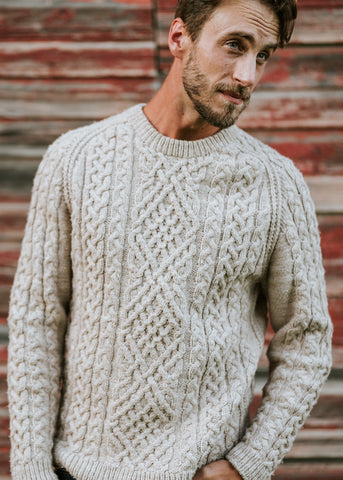
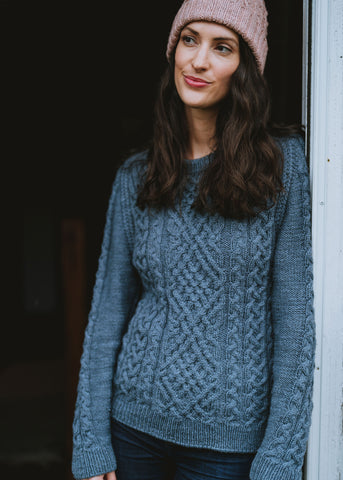
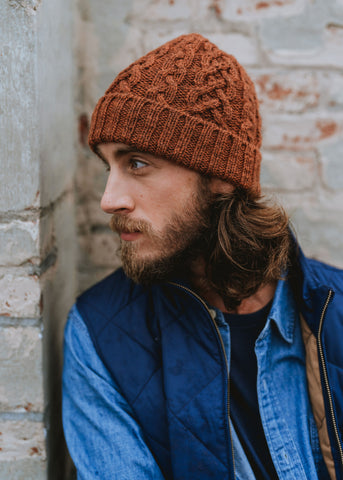

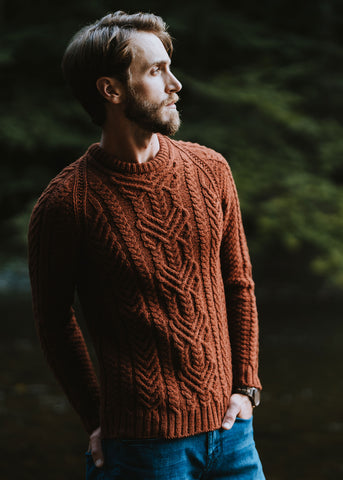
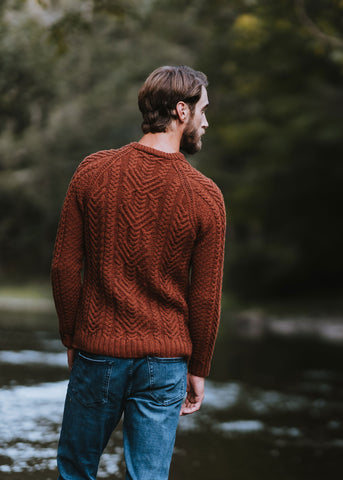



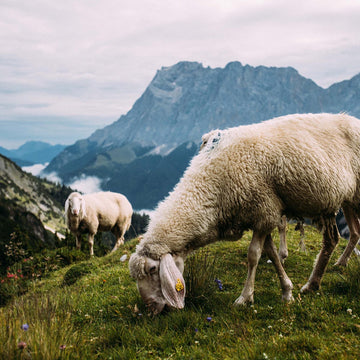
Phone CALL/Text Number: +1 (336) 390-6684 Contact: Capitalcryptorecover@zohomail.com
Website: https://recovercapital.wixsite.com/capital-crypto-rec-1
This is not a normal post that you see every day on the internet where people give fake testimonials and false information about great financial assistance. I am aware that many of you have been scammed and that fake agents have taken advantage of those seeking loans. I will not call this a normal testimonial, I will call this a situation where I am a living witness of how you can get your loan when you meet the terms and conditions of the company. It really does not matter if you have a good credit rating or government approval, all you need is a valid ID card and a valid IBAN number to be able to apply for a loan with an interest rate of 3%. The minimum amount is 1000 euros and the maximum amount that can be borrowed is 100,000,000 euros. I give you a 100% guarantee that you can get your loan through this reliable and honest company, they operate 24 hours online and provide loans to all citizens of Europe and outside Europe. They sent me a document that was checked and tested before I got the loan, so I invite anyone who needs a loan to visit them or contact them via email: michaelgardloanoffice@gmail.com
WhatsApp for Europe: +38591560870
WhatsApp for USA: +1 (717) 826-3251
After contacting them, let them know that Ms. Dejana Ivica from Zagreb gave you the information. Seeing is believing and you will thank me later when you get a loan from them. I made a promise that after I get a loan from them, I will announce the good news to everyone online. If you have friends or relatives, including colleagues, you can tell them about this offer and that it is happening this CHRISTMAS TIME.
I have always thought it would be impossible to recover stolen cryptocurrency funds until I came across a hacker called THE HACK ANGELS RECOVERY EXPERT. Thanks to their expertise and dedication. If you’ve lost Bitcoin due to a wrong transaction, hacking, or forgotten private keys, THE HACK ANGELS RECOVERY EXPERT is here to help. If they could recover my $820,000 there’s hope for you too. I highly endorse their services to anyone looking to have their funds traced and recovered. You can get in touch with them through their Contact
WhatsApp (+1(520)200-2320
Email at support@thehackangels.com
Website at www.thehackangels.com
If you’re in London, you can even visit them in person at their office located at 45-46 Red Lion Street, London WC1R 4PF, UK.
The crypto market is very volatile and a lot of individuals have lost some of their crypto coins and crypto assets to these online scams. I just want the whole world to know about this expert hacker called THE HACK ANGELS RECOVERY EXPERT. I was going through online searching for help to recover my stolen funds. That’s when I meant this wonderful man’s testimony online on how THE HACK ANGELS RECOVERY EXPERT helped him to recover his stolen funds back. I lost $637,000 worth of USDT. I thought all hope was lost from the experience of losing my hard-earned money to scammers. I was devastated and believed there was no way to recover my funds. I’m so glad I came across them early because I thought I was never going to get my funds back from those scammers. This company is legitimate, and I am a living testimony. When I was about to lose everything they fought for me, and I am forever grateful. I highly recommend their recovery services, they are reliable and a trusted company to any individuals looking to recover lost funds. Contact
WhatsApp +1(520)200-2320
Email at support@thehackangels.com
Website at www.thehackangels.com
They seem capable of solving even the most complex problems.